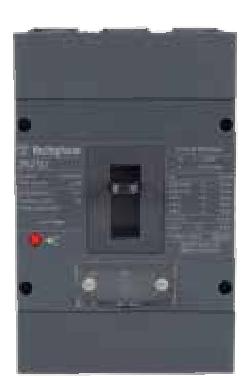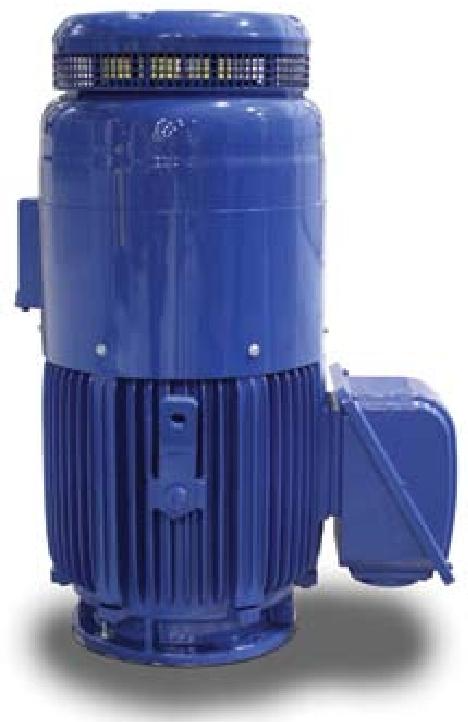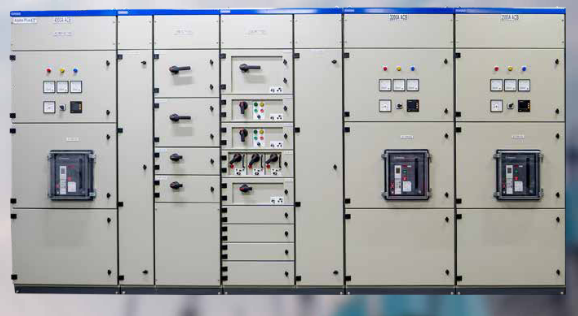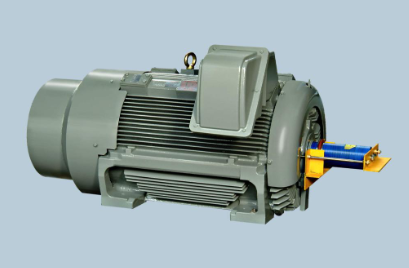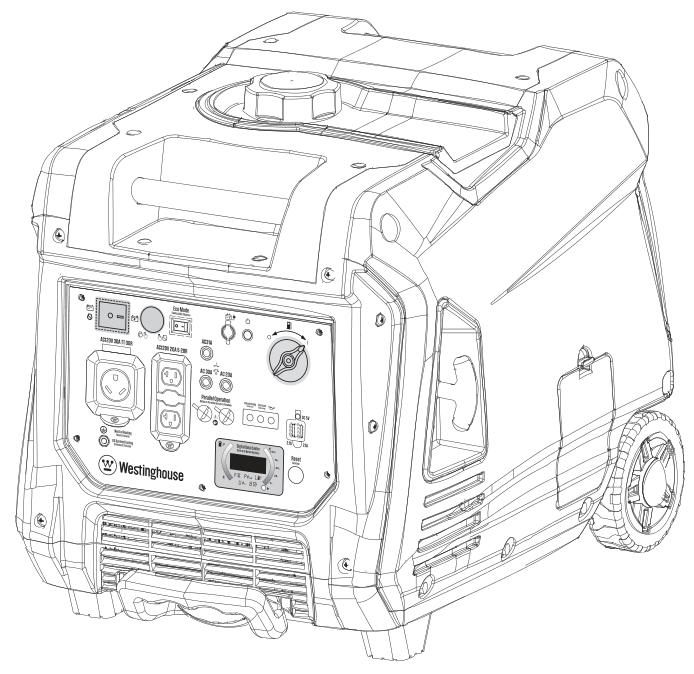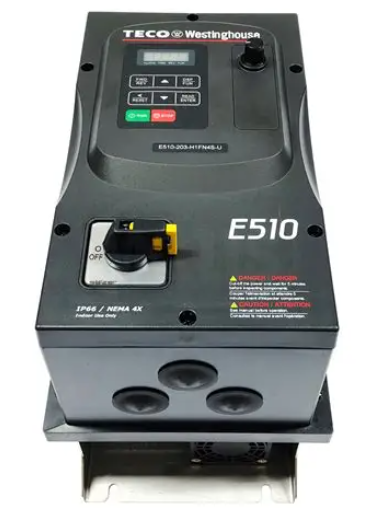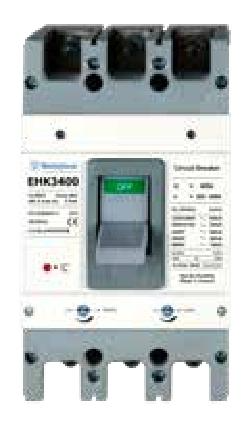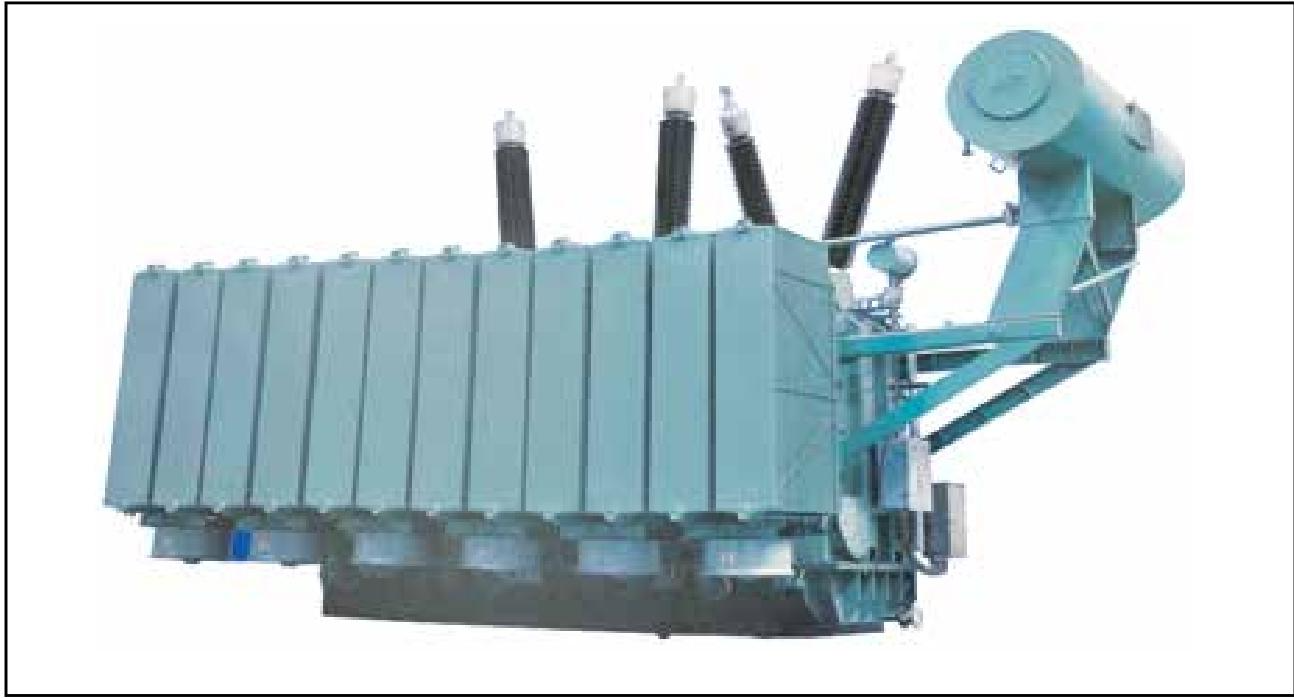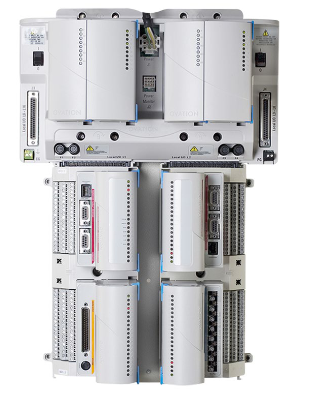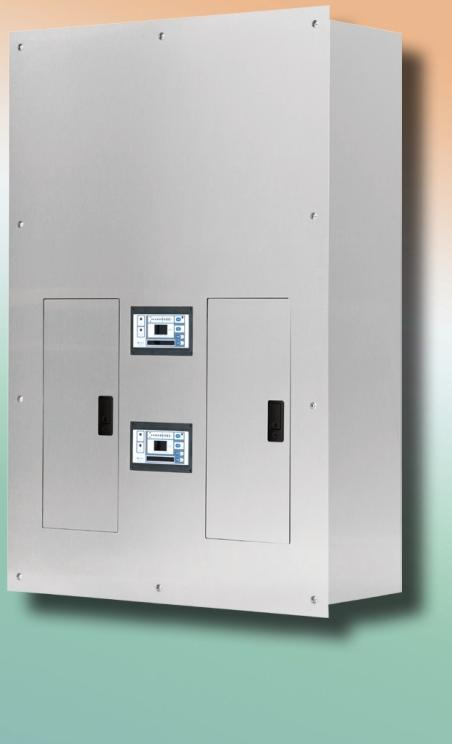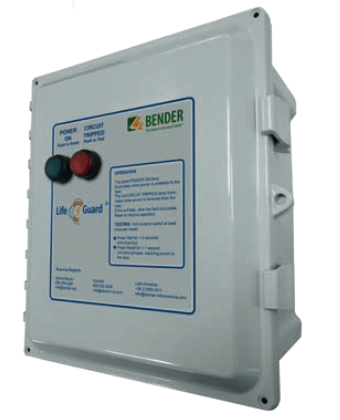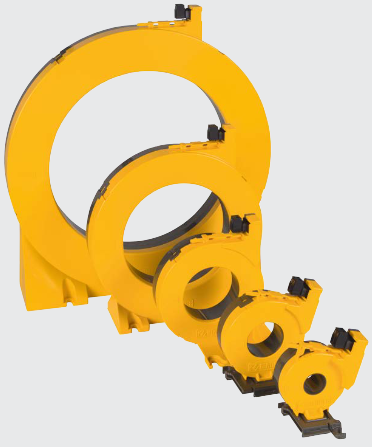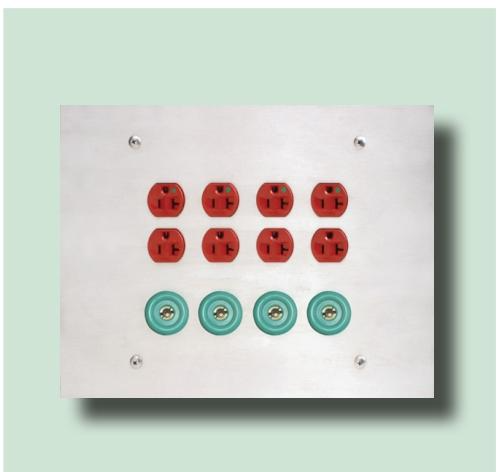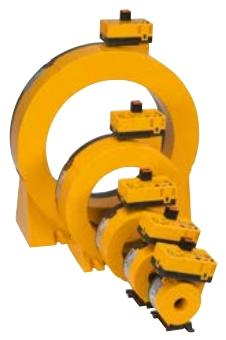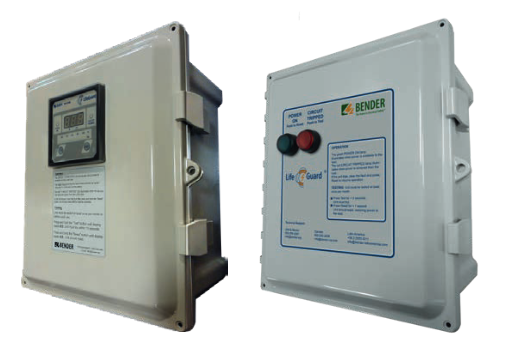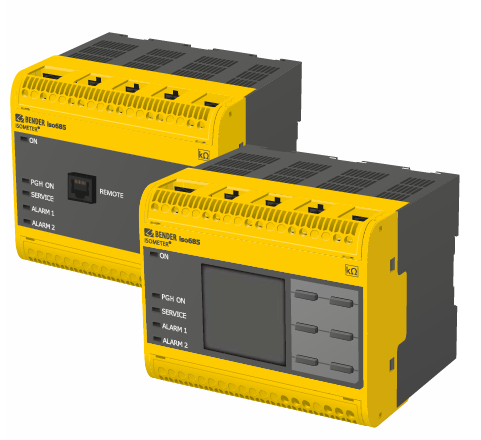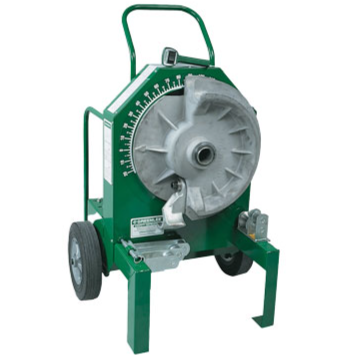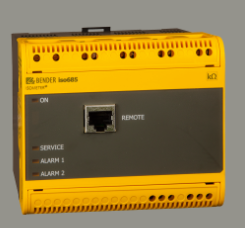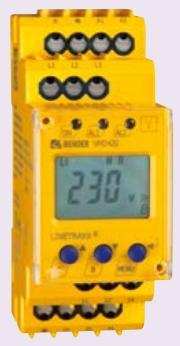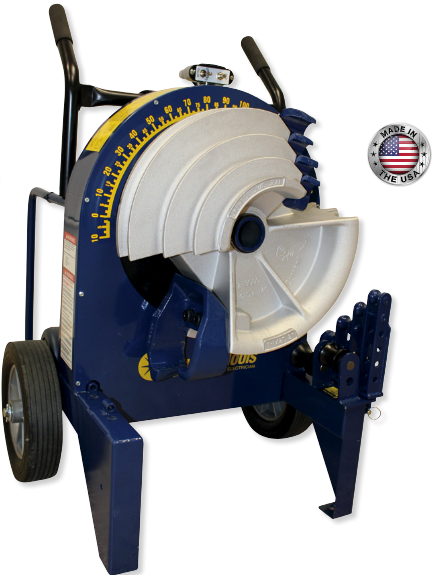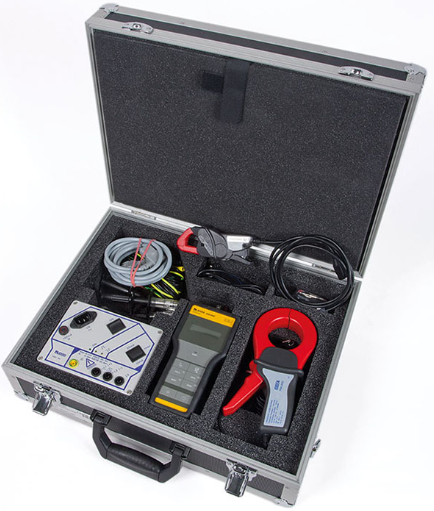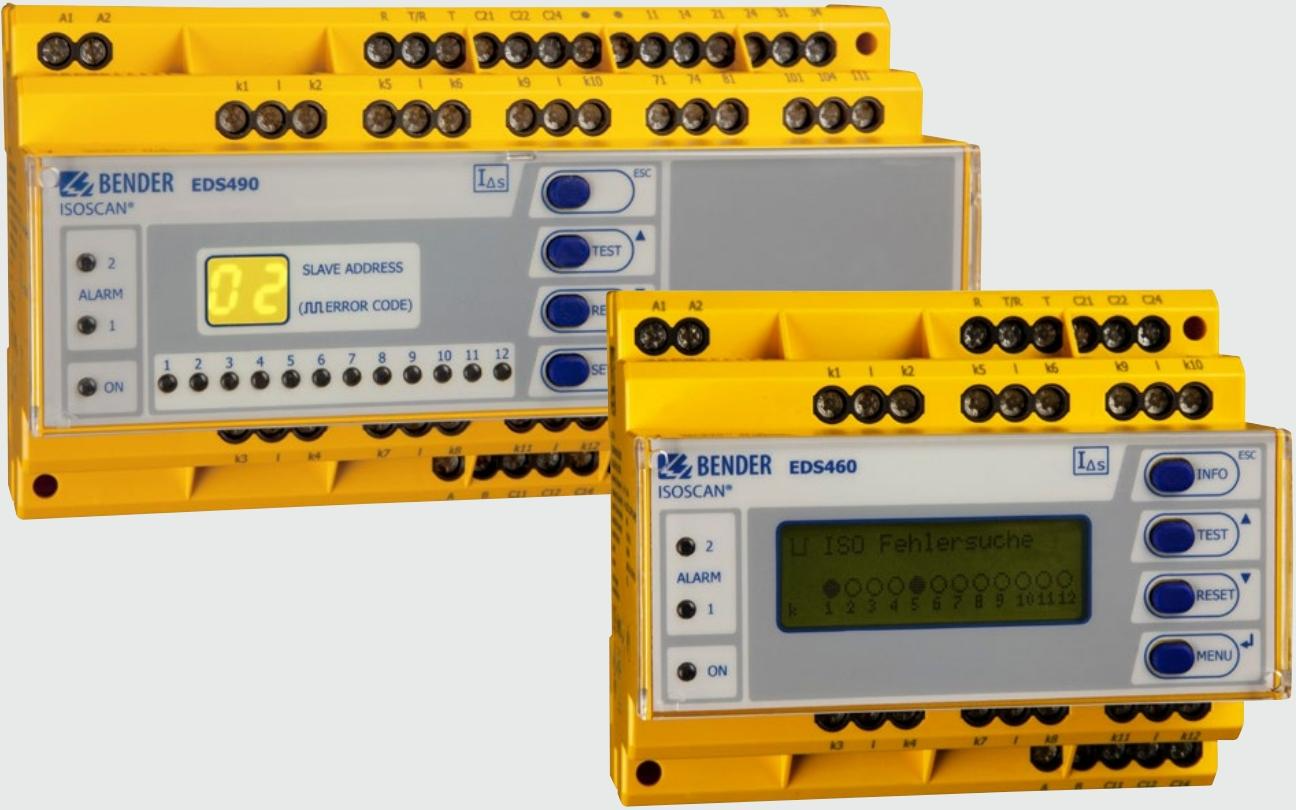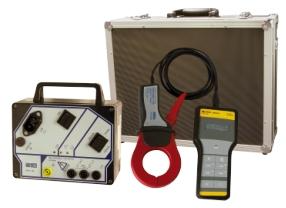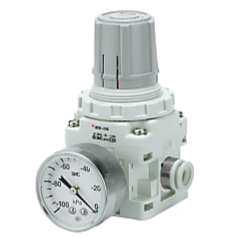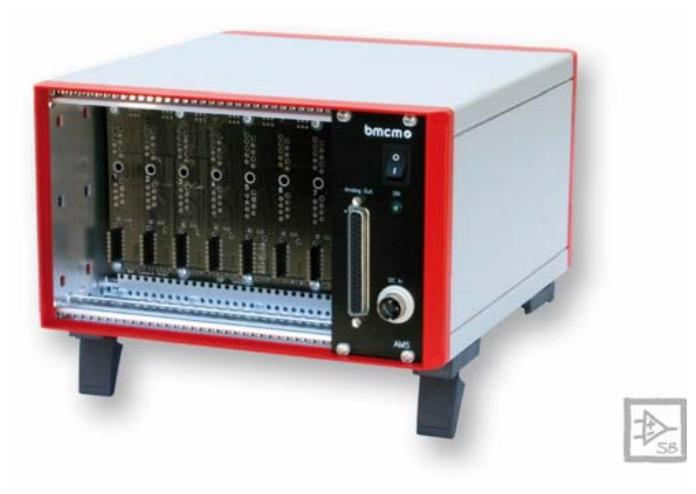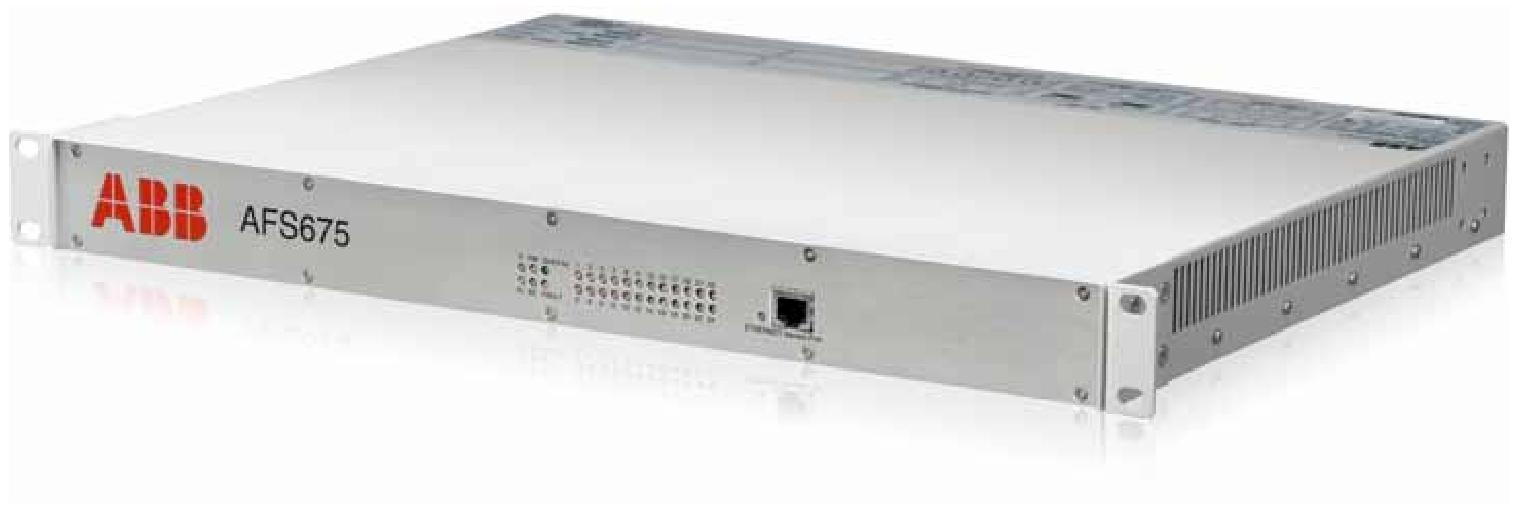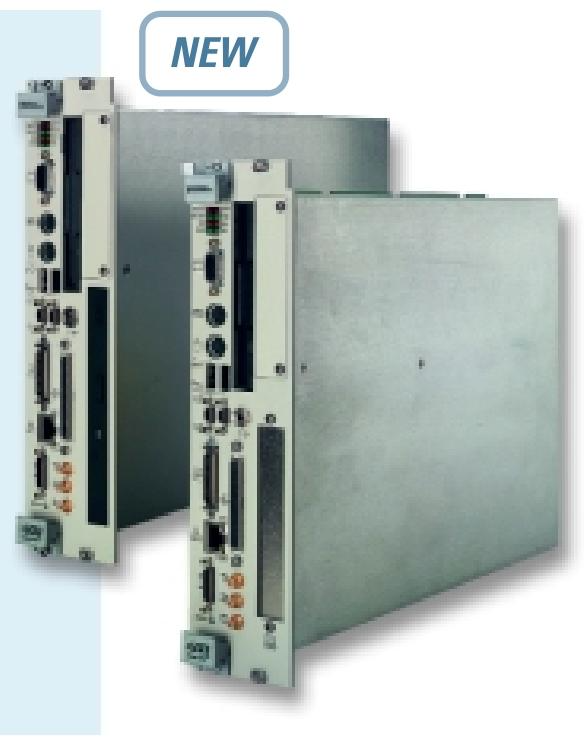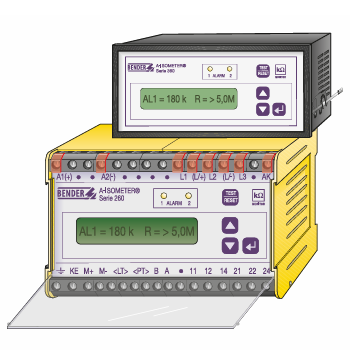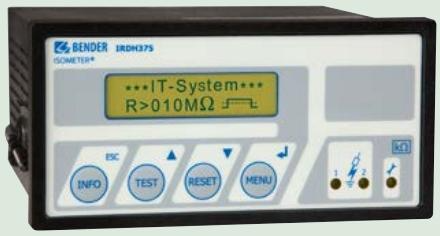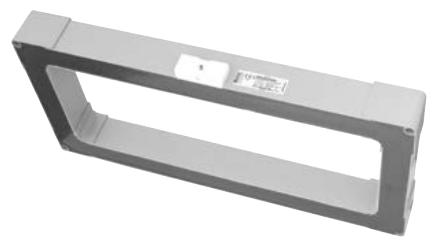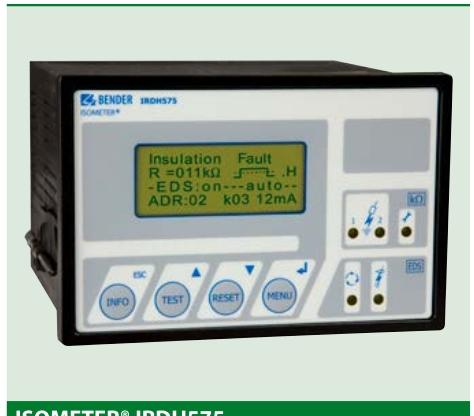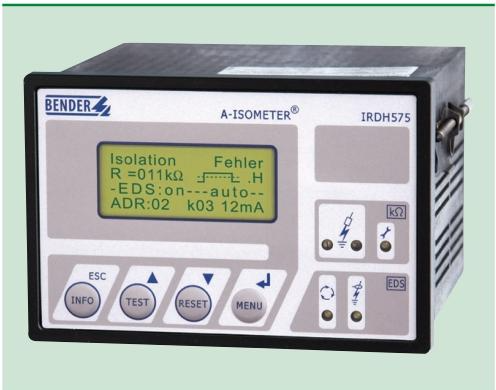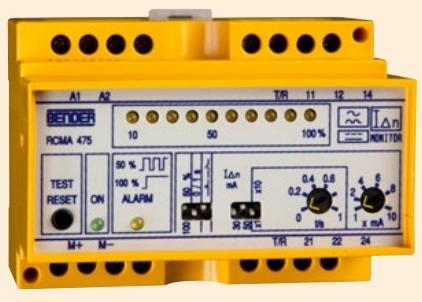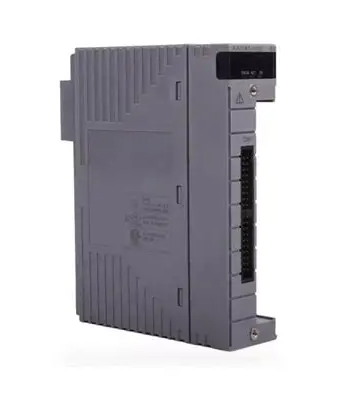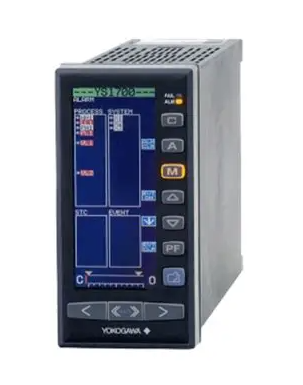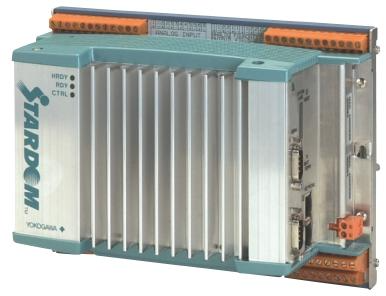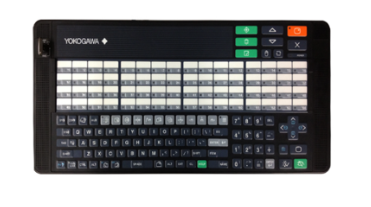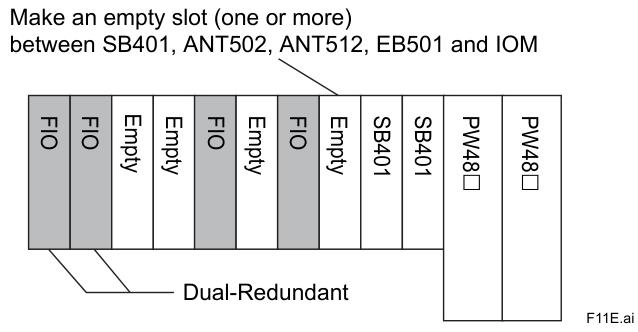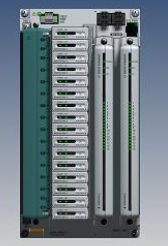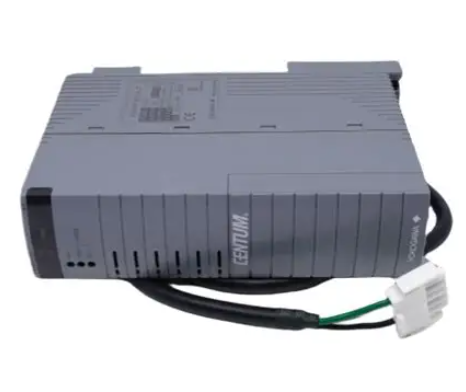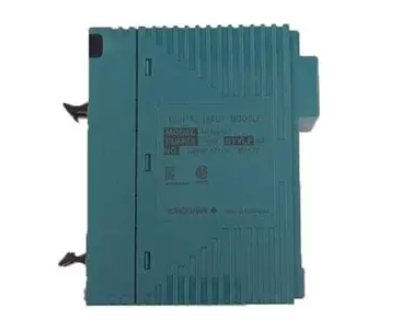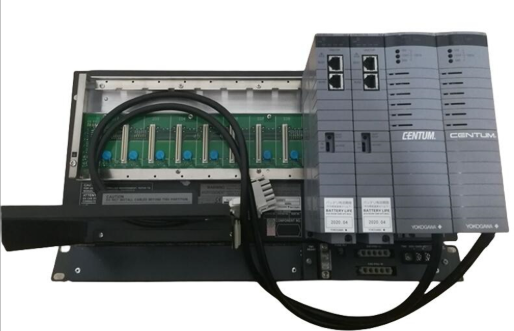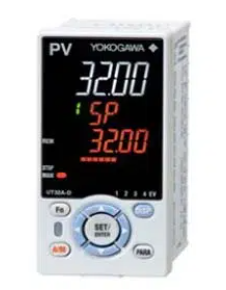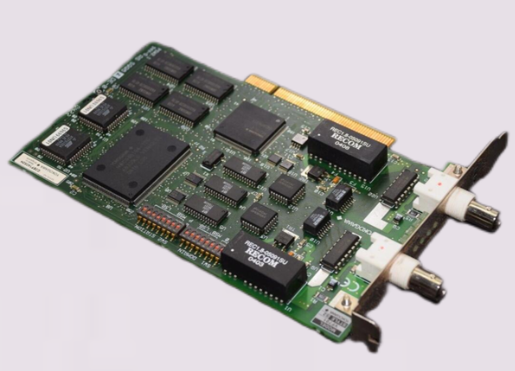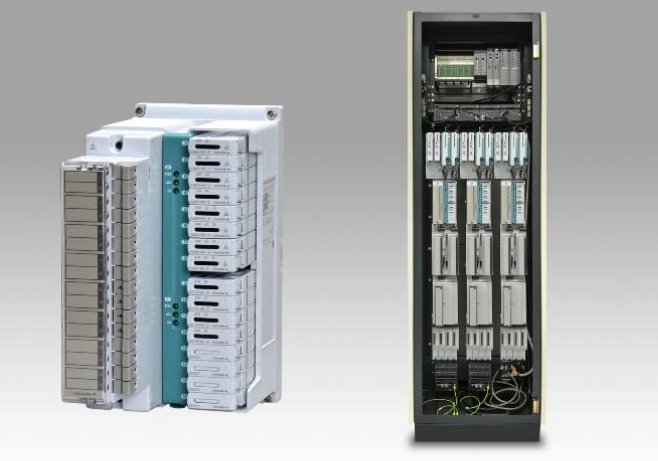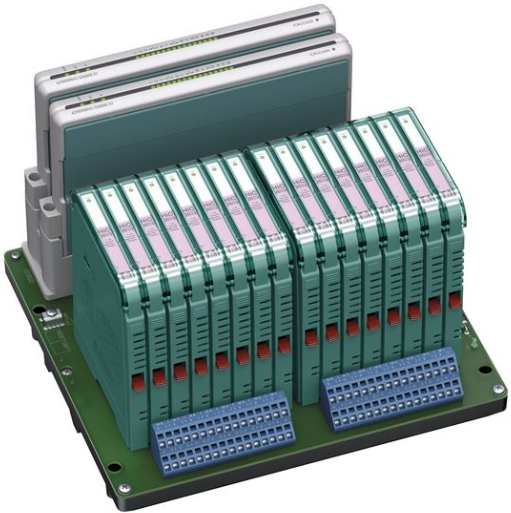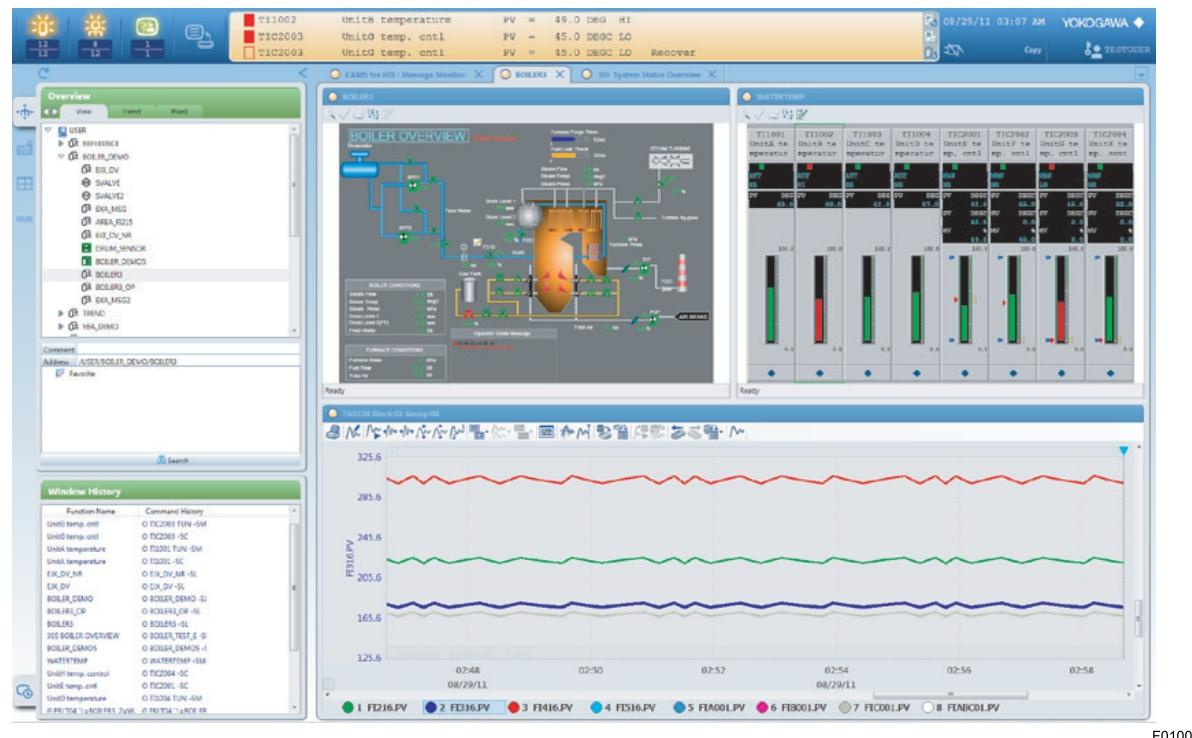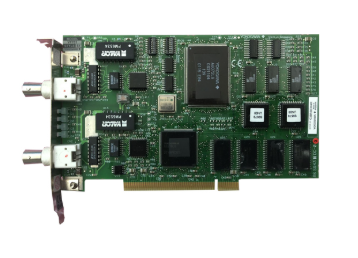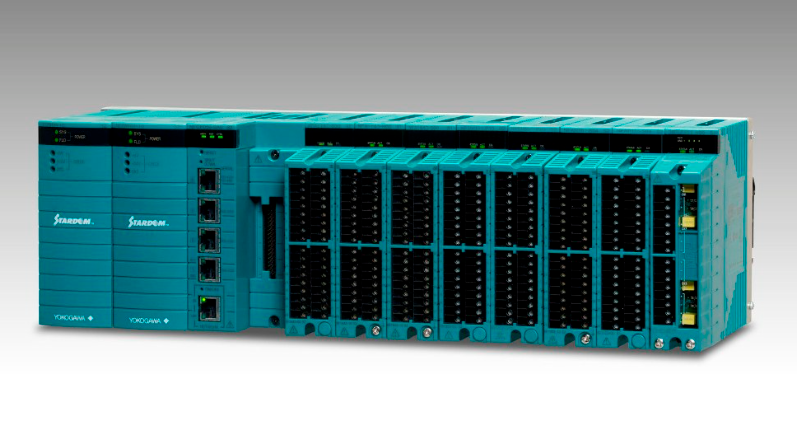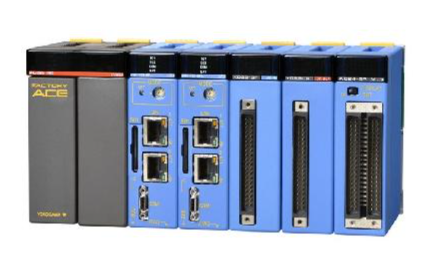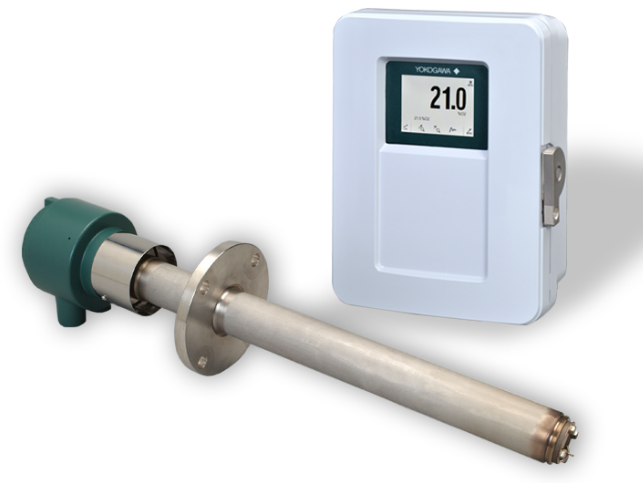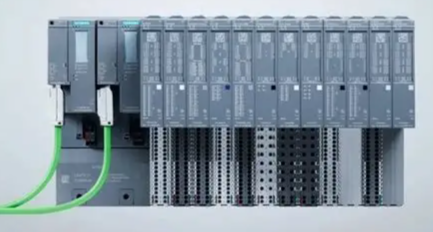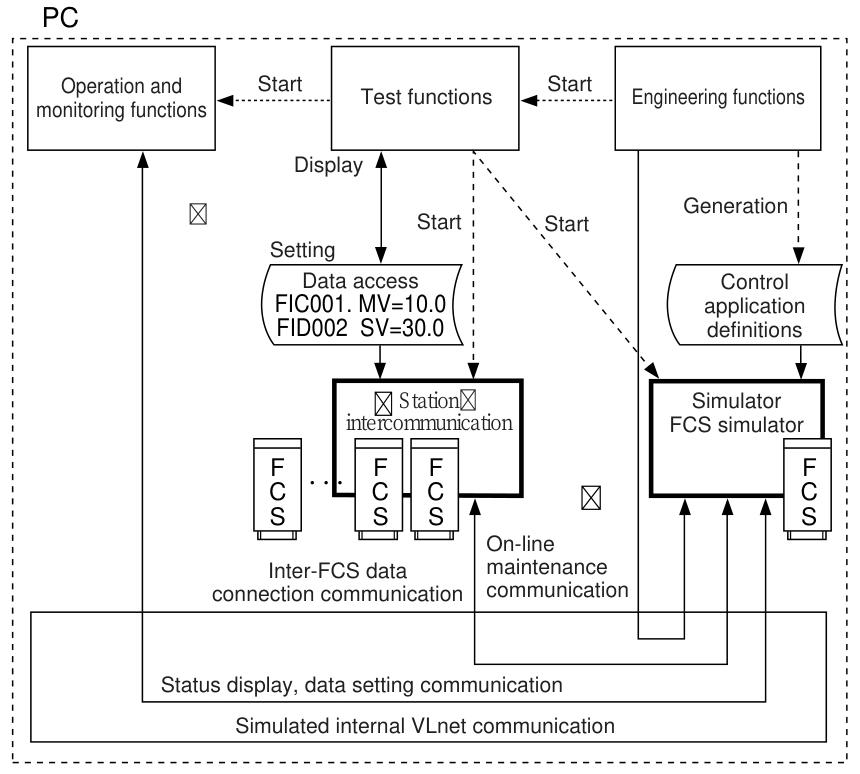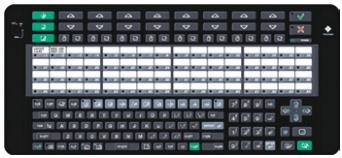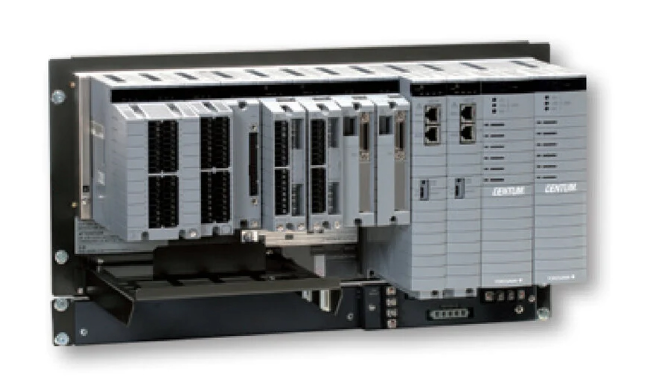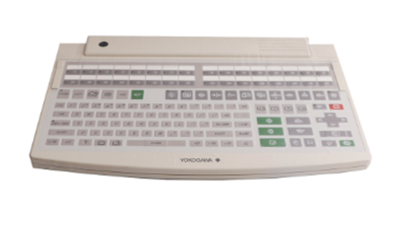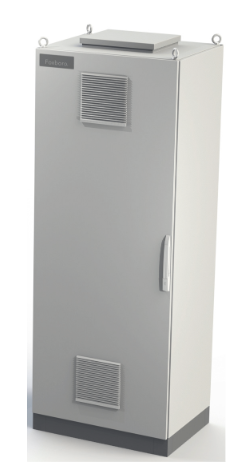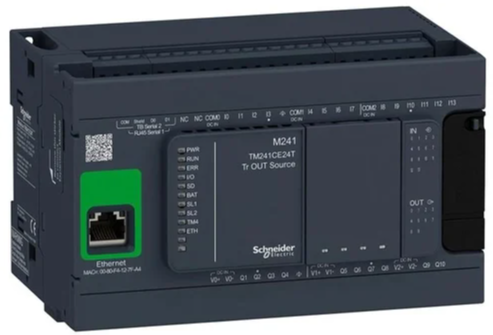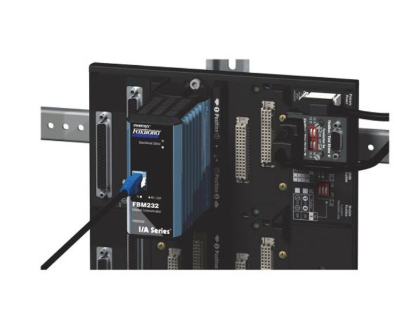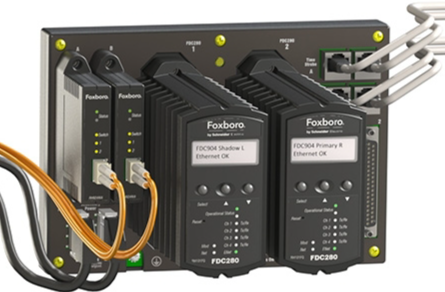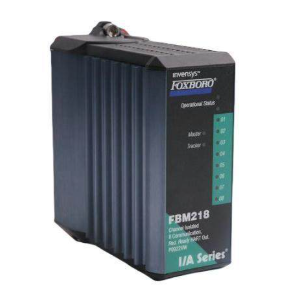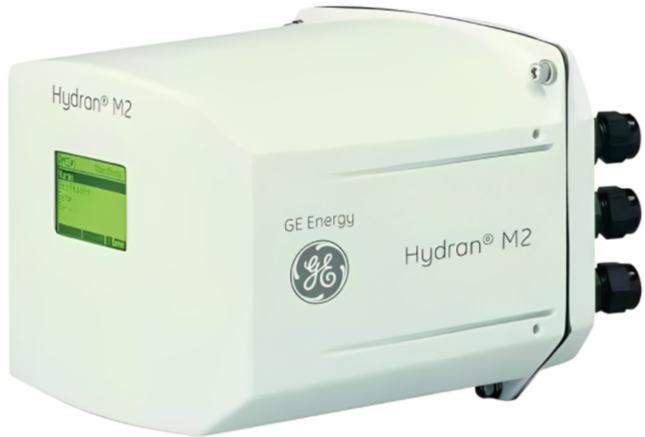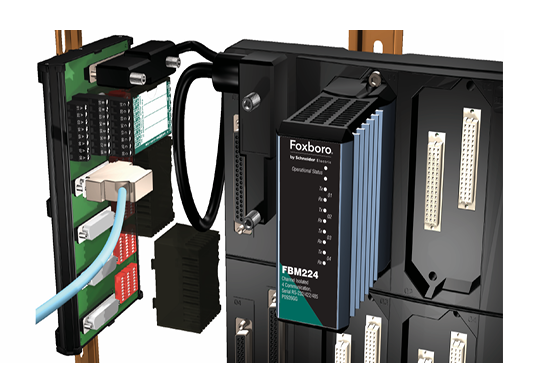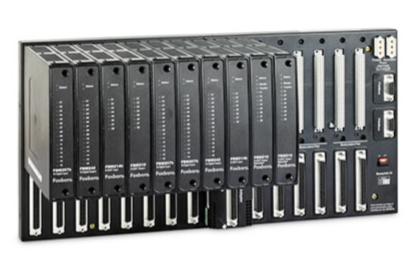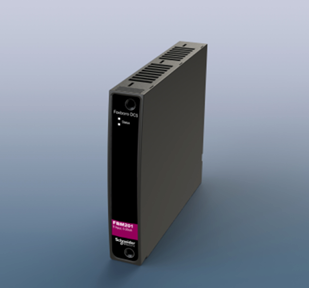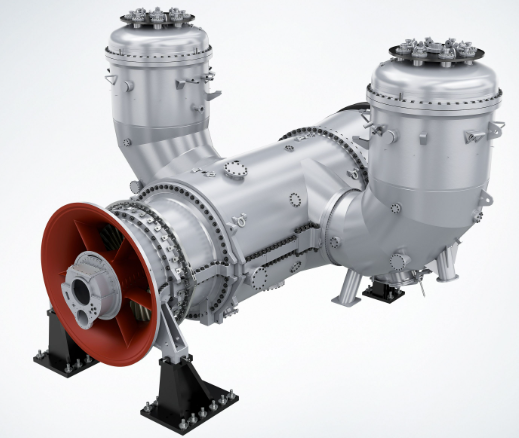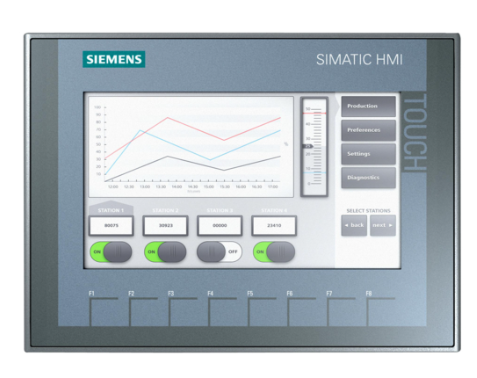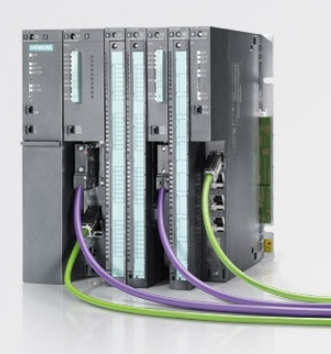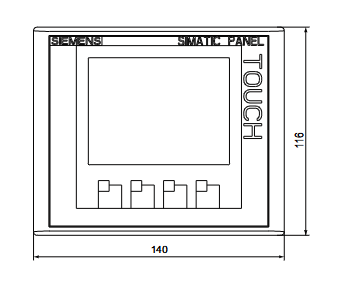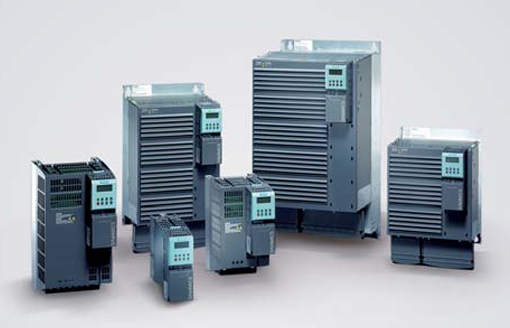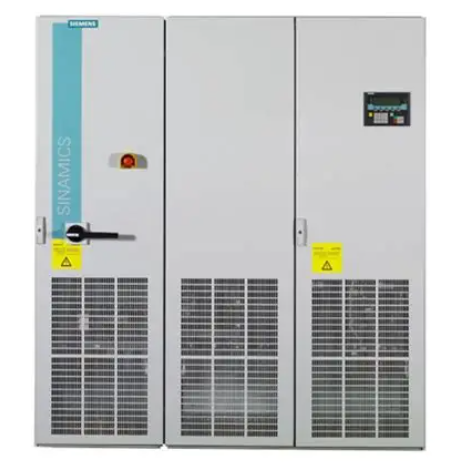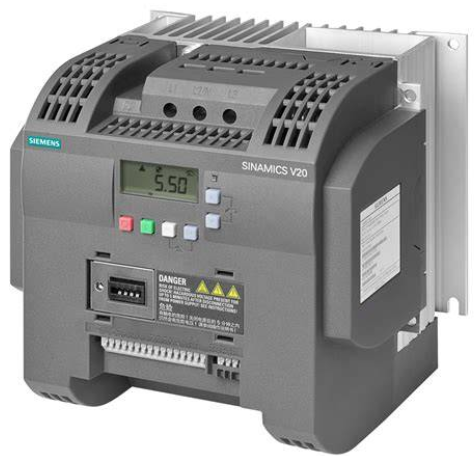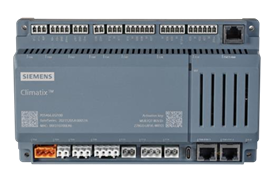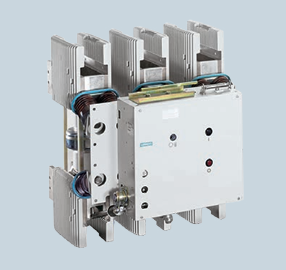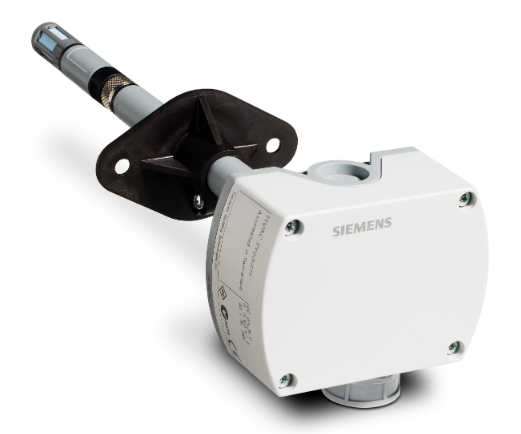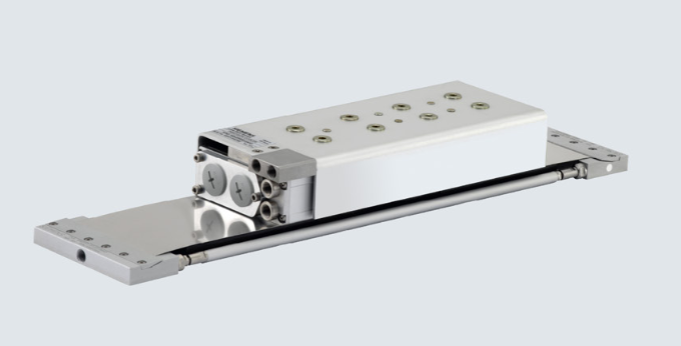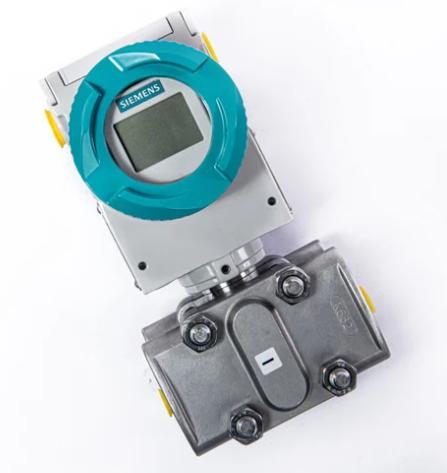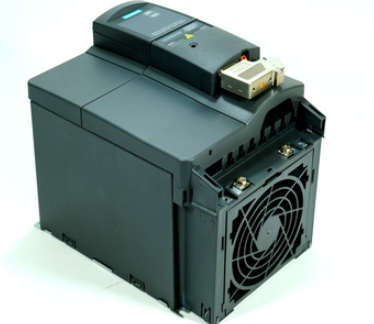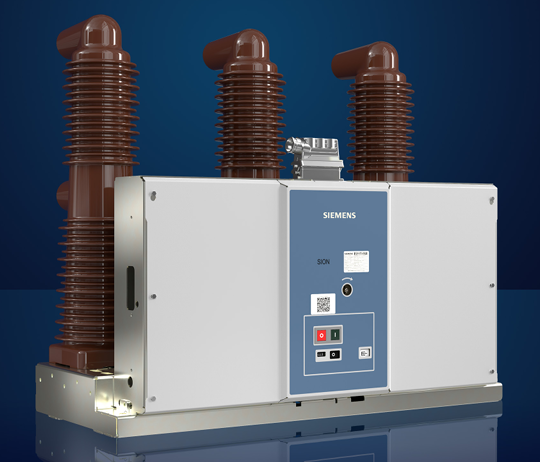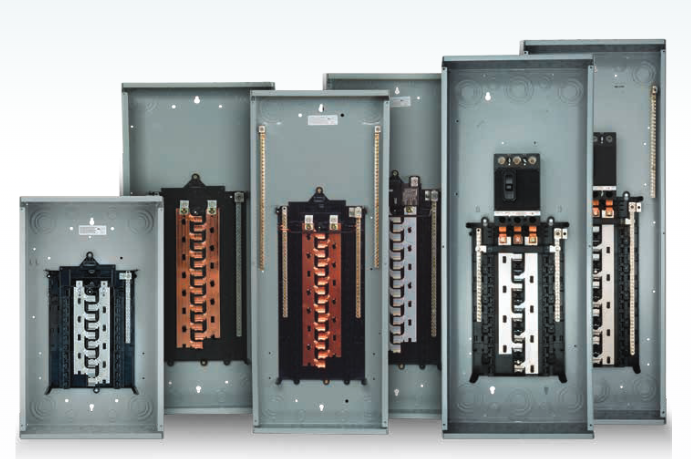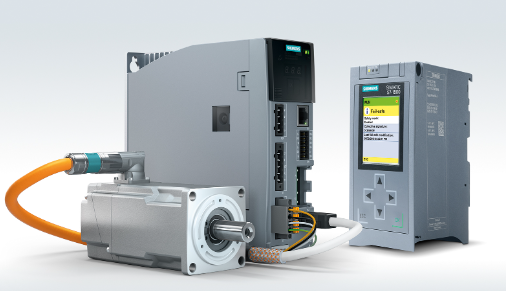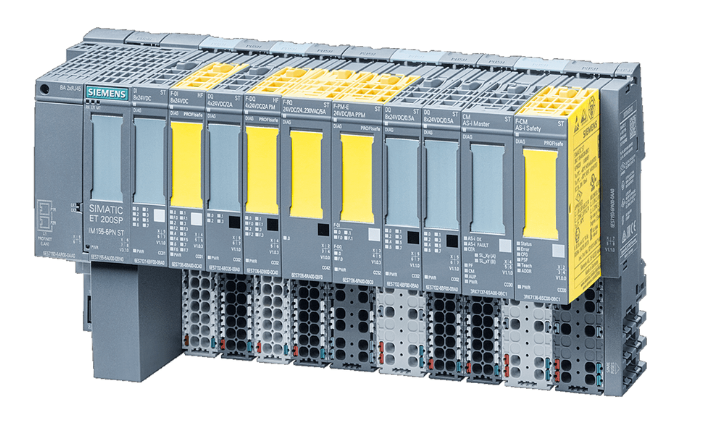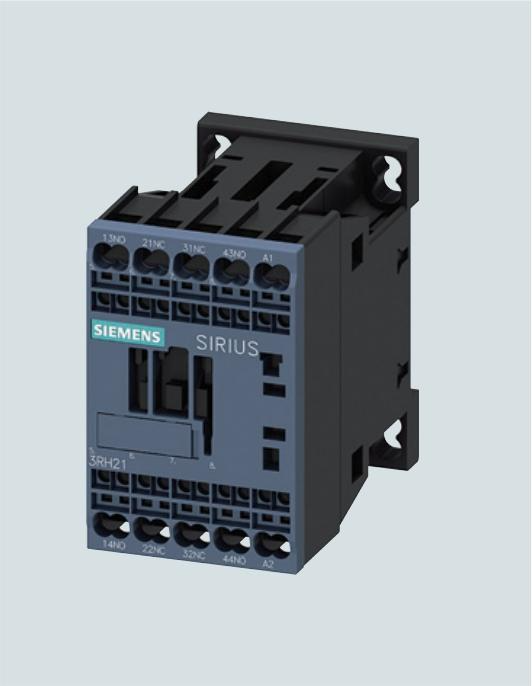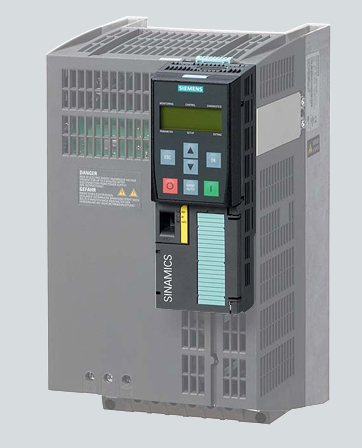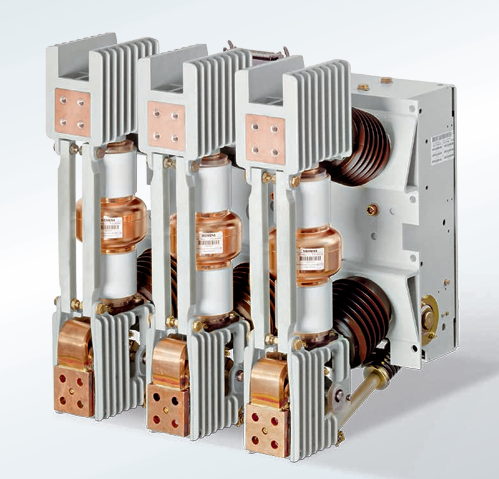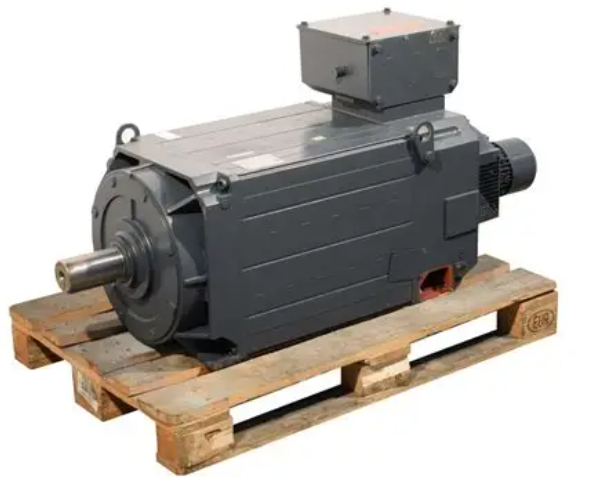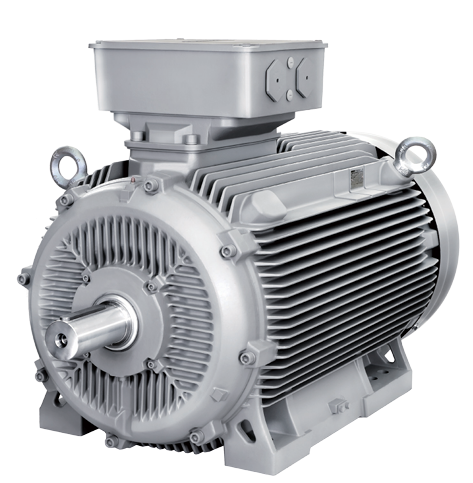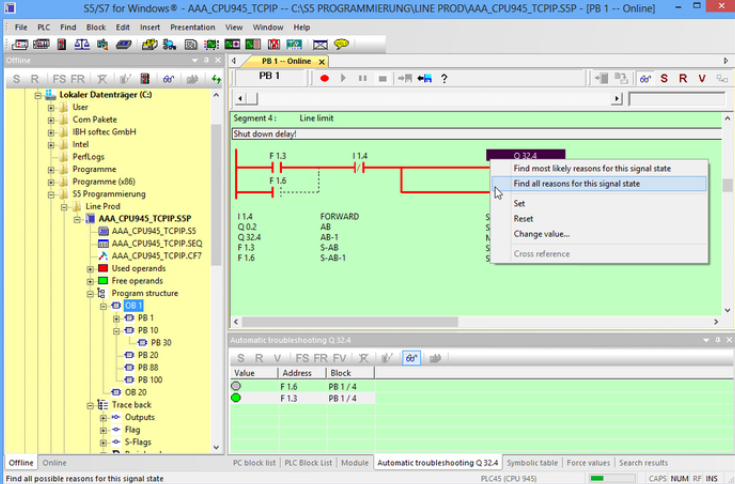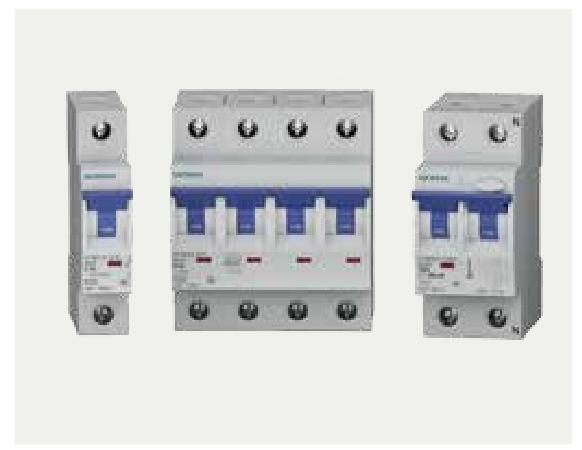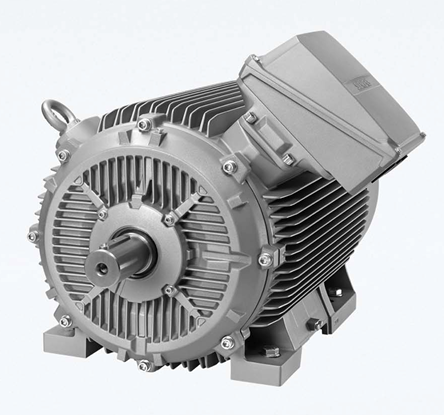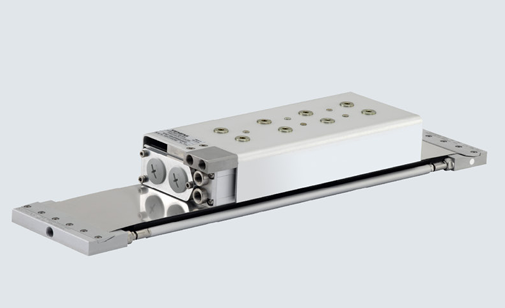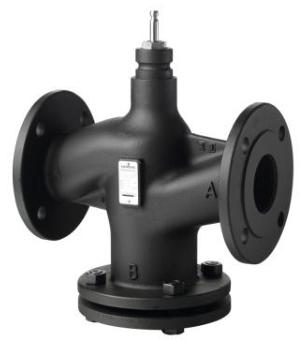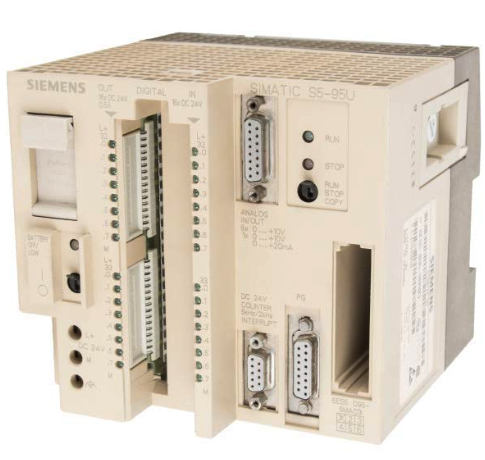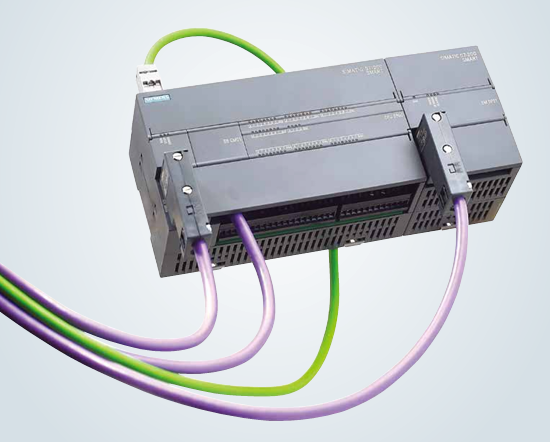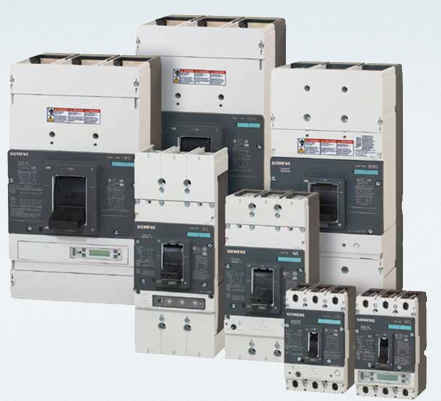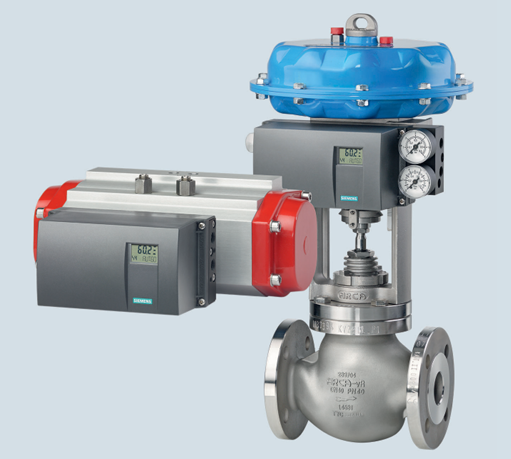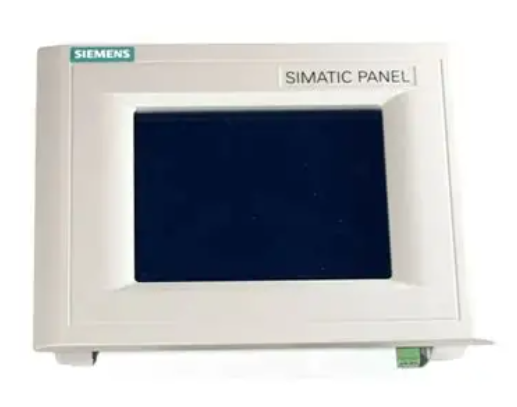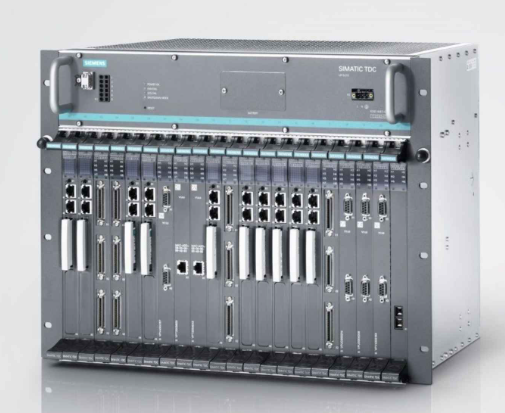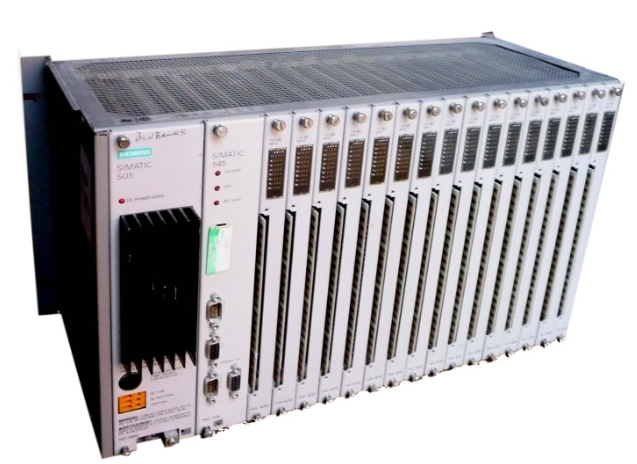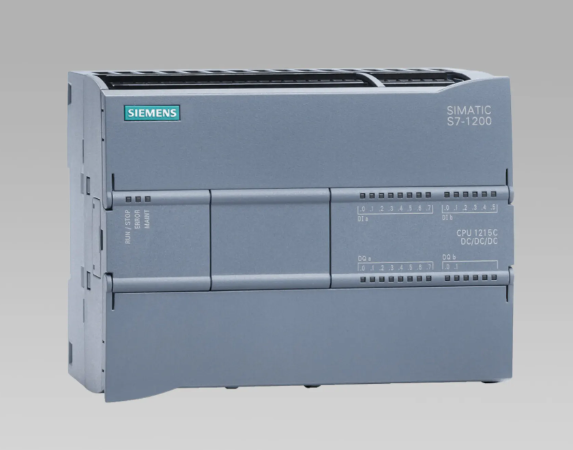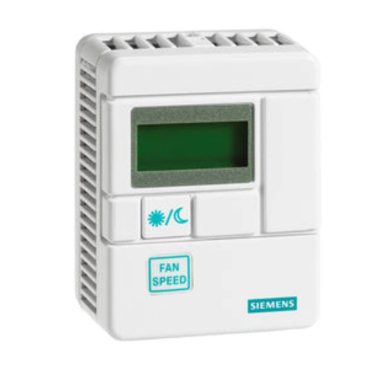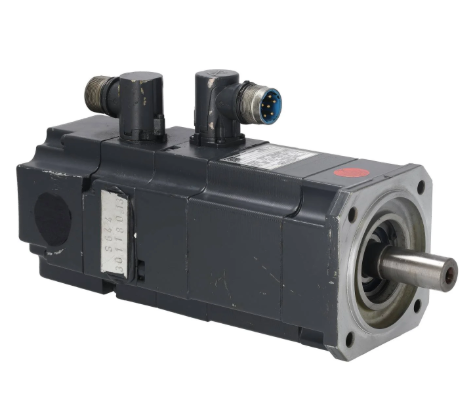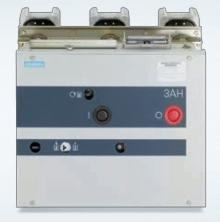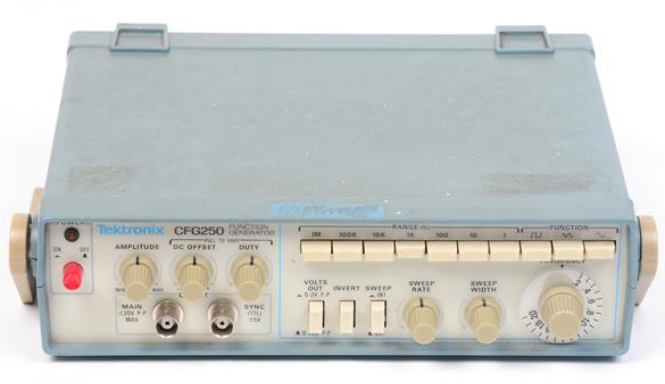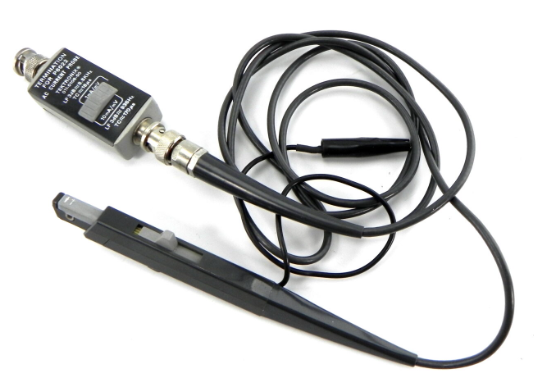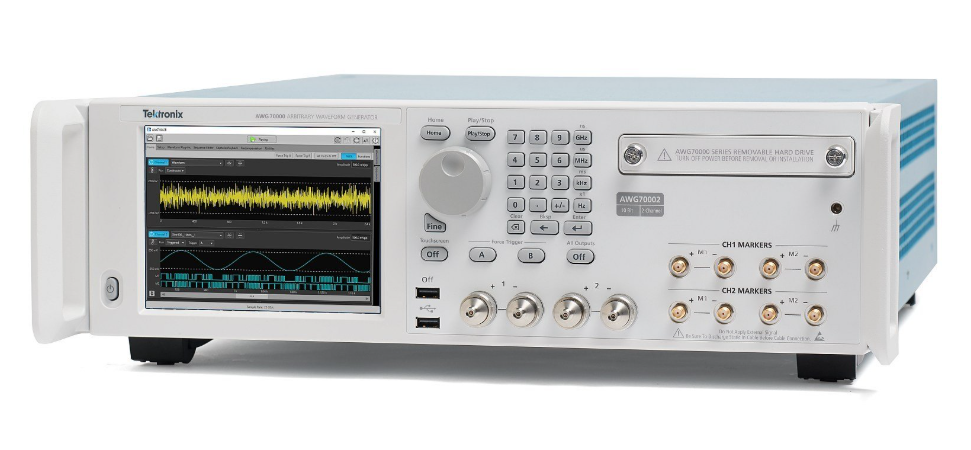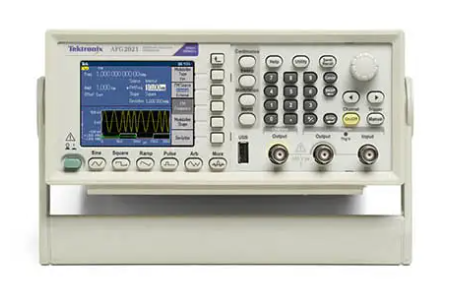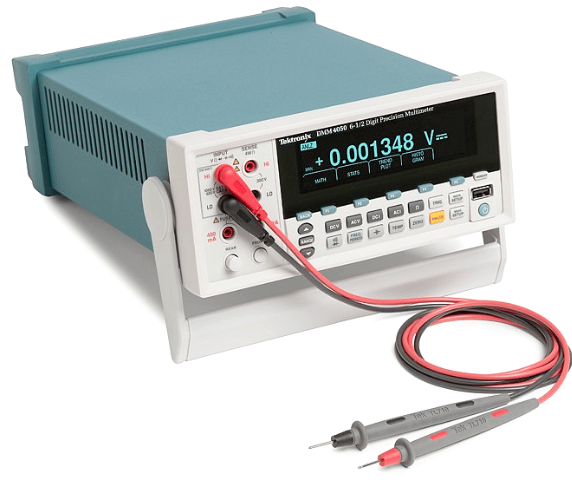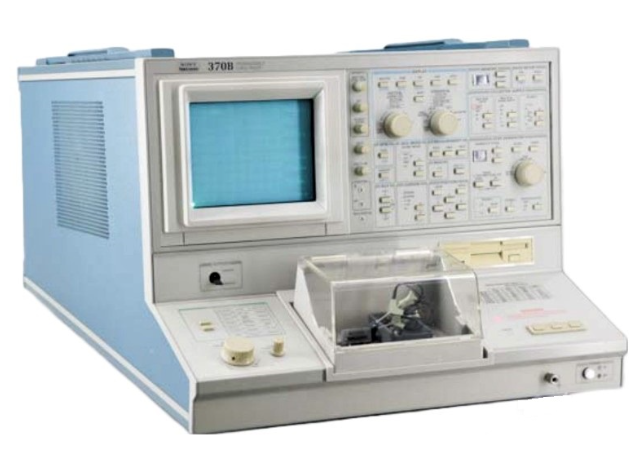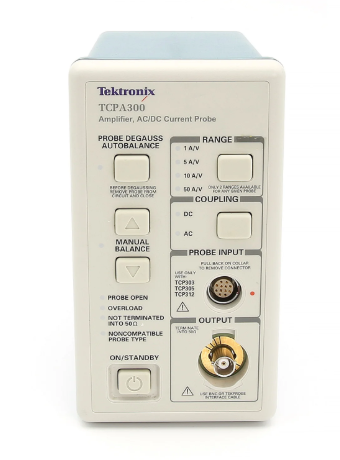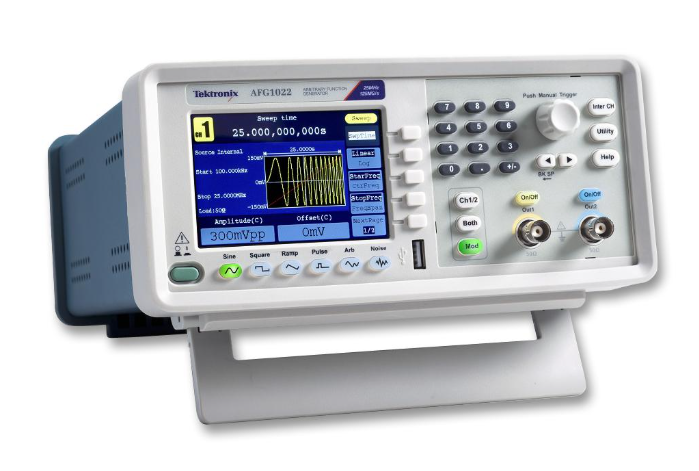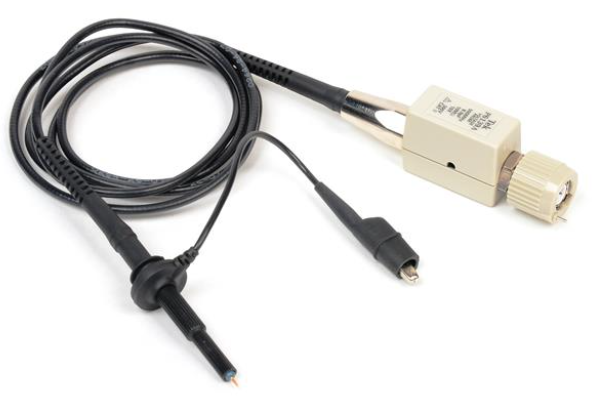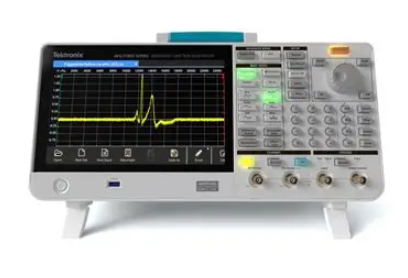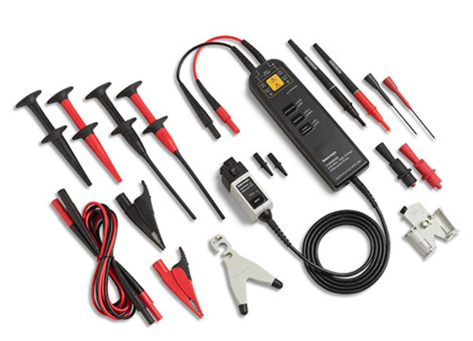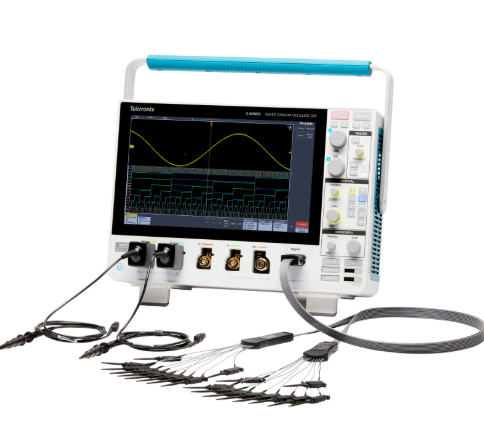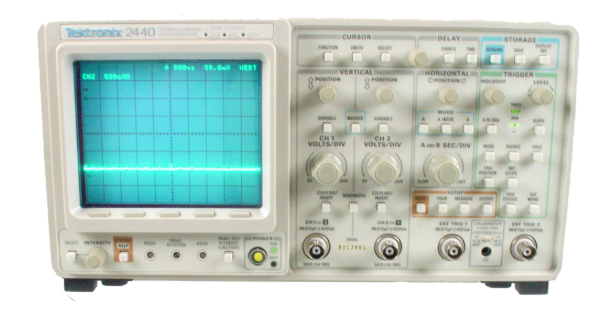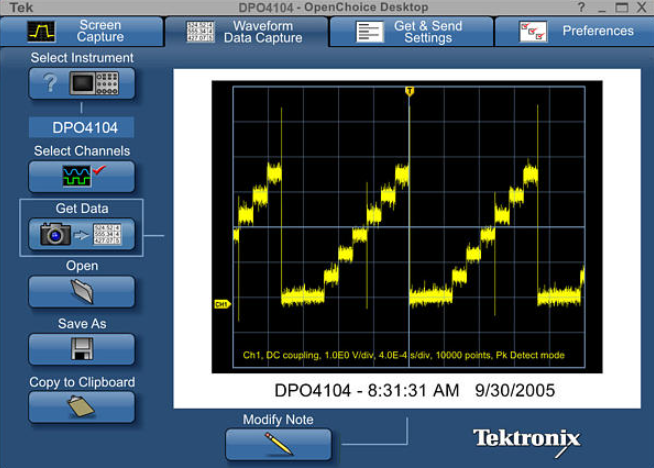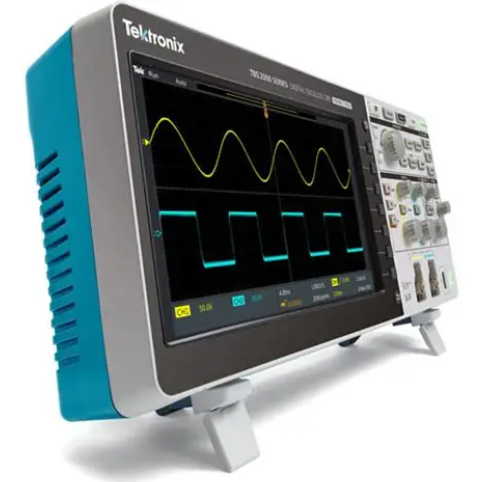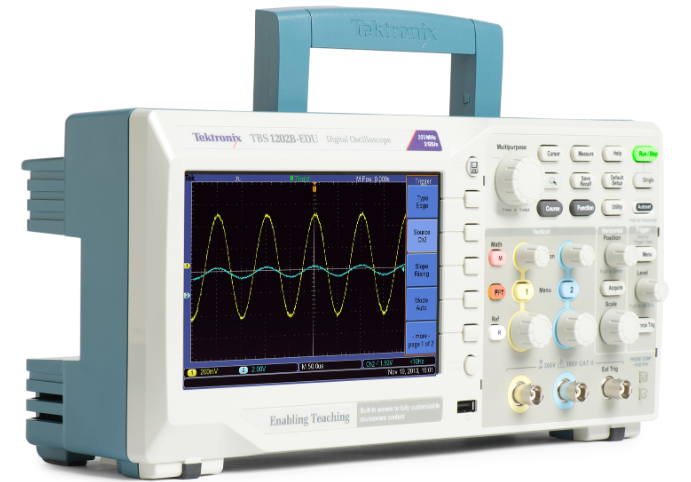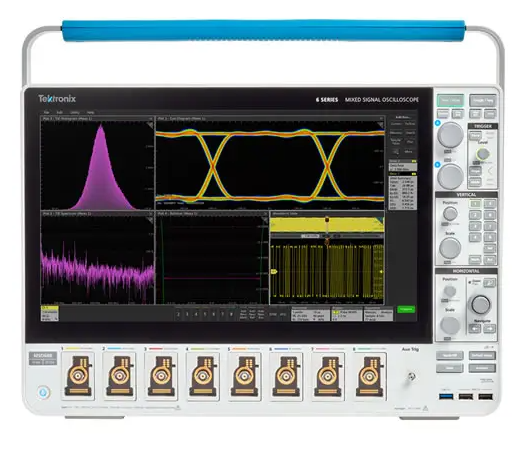

K-WANG


- Telephone:+86-15305925923
- contacts:Mr.Wang
- Email:wang@kongjiangauto.com
Manufacturers
ABB
Model(s)
ABB Advant Controller 31, ABB Advant OCS
Estimated Shipping Size
Dimensions: 4.0" x 3.0" x 7.0"
(10.2 cm x 7.6 cm x 17.8 cm)
Weight: 1 lbs 2.1 oz (0.5kg )
Tariff Code: 8528510000
Country of Origin: Germany
Ships from Webster NY, USA
ABB 1SBP260150R1001 TC50 Control Panel
Basic Information
Model and name: ABB 1SBP260150R1001 TC50 Control Panel, a control panel manufactured by ABB. ‘1SBP260150R1001’ is the model number, which is used to uniquely identify the product, and “TC50” is the product name code, which is used to distinguish between different series or functions of the control panel.
Series: It belongs to the Control Panels product line in the ABB Industrial Automation equipment series. In this series, there are other models of control panels, which may differ in function, size, interface, etc., to meet the needs of different industrial applications.
Application Scenario Correlation: Widely used in industrial automation, such as factory automation production lines, process control systems (including chemical, pharmaceutical, metallurgical and other industries), and intelligent building systems in the control and management of equipment and other scenarios. It is mainly used for operators to perform manual control, parameter setting, status monitoring and fault diagnosis of equipment.
Functional features
Control function
Manual Control: Provides a variety of manual control methods, such as through buttons, knobs, switches and other components, so that the operator can directly control the equipment start / stop, running speed, running direction and other operations. Take motor control as an example, the start/stop button on the panel can be used to control the running status of the motor, and the speed knob can be used to change the speed of the motor.
Parameter setting function: allows the operator to set and adjust various parameters of the equipment. These parameters can include the operating mode of the equipment (e.g., automatic/manual mode), process parameters (e.g., temperature, pressure, flow rate, etc.), and time parameters (e.g., timed start/stop time). In chemical process control, the operator can use this panel to set target values for parameters such as temperature, pressure, etc. of the reactor.
Display Functions
Status display: Function to display the operating status of the equipment. Through the indicator, display (may be LCD or digital tube display), etc., to show the operator the current operating status of the equipment, such as running, stopped, fault, standby and other states. For example, in an automated production line, the indicator light on the panel can show whether a certain device is running, so that the operator can see at a glance.
Parameter display: It can display the current parameter values of the equipment in real time. For those parameters that need to be monitored in real time, such as temperature, pressure, flow, speed, etc., the panel will display the current values of these parameters, so that the operator can understand the working condition of the equipment at any time. For example, in the lift control system, the panel can display the current floor of the lift, running speed and other parameters.
Alarm display and prompting: When the equipment is abnormal, it can display alarm information in time. Alarm information may include the type of alarm (e.g., high temperature, low pressure, etc.), alarm location (e.g., specific equipment or process link) and other content. At the same time, it may also provide corresponding operation tips to instruct the operator how to deal with the alarm situation.
Communication functions (possible)
Internal communication: supports internal communication with connected devices (e.g., sensors, actuators, controllers, etc.). It can receive real-time data from sensors, such as temperature signals sent by temperature sensors, pressure signals sent by pressure sensors, etc., and use these data for display and control logic. It can also send control commands set by the operator on the panel to the actuator for equipment control.
External communication (some models): Some models may have an external communication interface that enables communication with a host computer system (e.g. SCADA system - Supervisory Control and Data Acquisition System), other controllers or remote monitoring devices. This communication allows remote monitoring and remote control functions, transmission of equipment operating data to a remote monitoring centre or receipt of control commands from a remote location.
Reliability and Safety
Industrial-grade design: Adopting a rugged industrial-grade design, the enclosure is able to withstand a certain degree of mechanical shock and vibration as well as harsh environmental conditions (e.g. dust, oil, etc.). This design ensures that the control panel can operate stably for a long period of time in the complex environment of an industrial site and will not malfunction due to minor collisions or contamination.
Safety mechanism: Equipped with safety protection features such as emergency stop button. In case of emergency, the operator can immediately cut off the power supply of the equipment or stop the critical operation link of the equipment by pressing the emergency stop button to protect the safety of personnel and equipment. In addition, there may be a password protection function, which is used to prevent unauthorised personnel from operating the equipment to ensure the operation safety of the equipment.
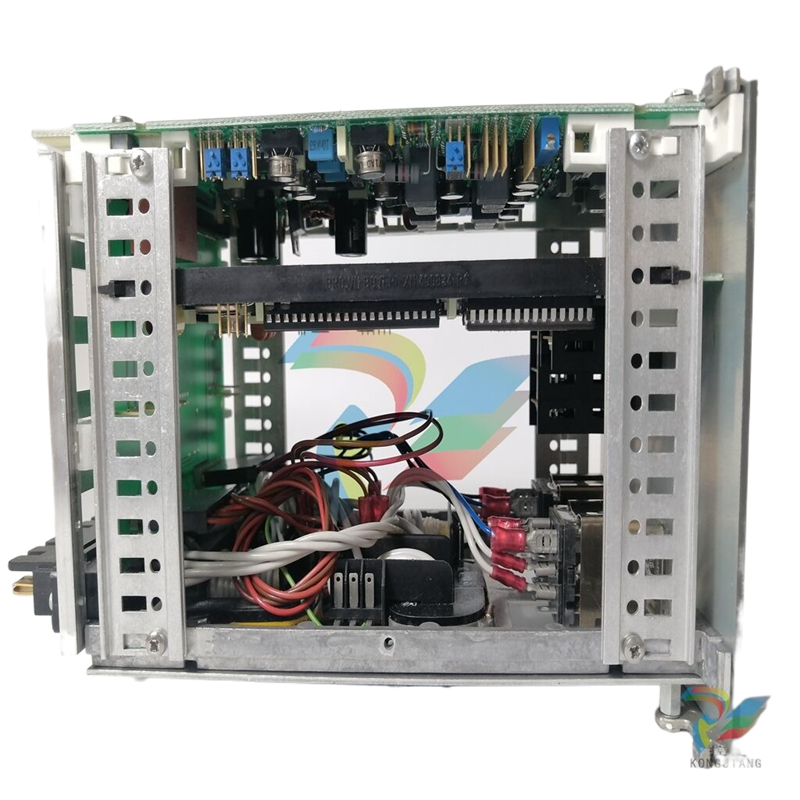
| User name | Member Level | Quantity | Specification | Purchase Date |
|---|







